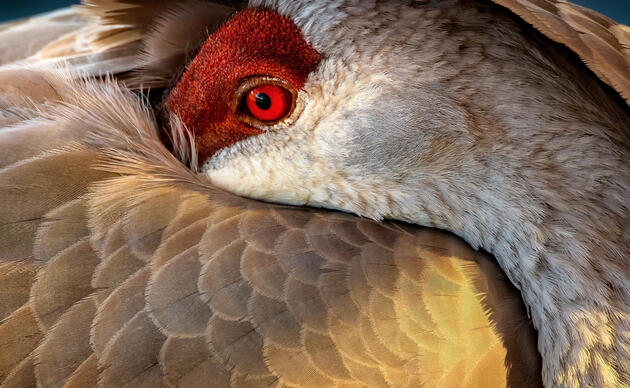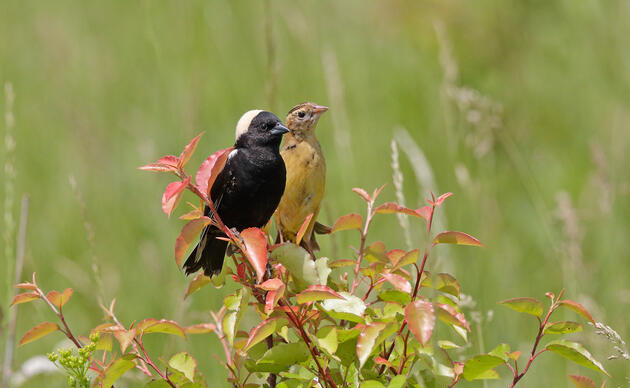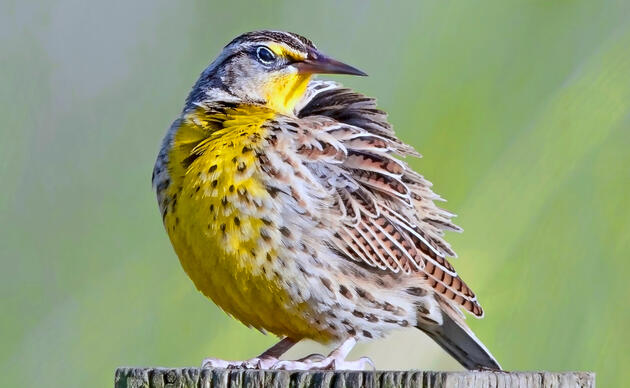In July, the National Fish and Wildlife Foundation (NFWF) announced an award to the National Audubon Society of $1.85 million in support of Scaling Grassland Conservation and Restoration across Five Northern Great Plains States. This award will propel grassland conservation and Audubon Conservation Ranching expansion in the Dakotas, Nebraska, Wyoming, and Montana. This grant follows a $1.7 million NFWF award last year to the same program.
The National Audubon Society is matching the grant with over $2 million in cash and in-kind funds.
The grant will improve the management of 165,400 acres and restore 7,000 acres across five states, collect data on avian response, and sample soil carbon storage to better inform management on participating ranches.
The core objective of this project is to increase habitat connectivity of our native grasslands by restoring degraded habitat adjacent to grasslands and rangelands, improving management on working land in core areas, and increasing population density of at-risk grassland bird species. The work will also support the Grasslands and Aridlands initiative goal in the National Audubon Society Flight Plan.
Audubon Conservation Ranching and Conservation Forage Programs
The ACR program now reaches across three million acres in 14 states. It promotes planned or managed adaptive grazing regimes with long periods of rest and recovery, which mimics the historical use of grass by grazers to create habitat mosaics for grassland birds. ACR provides technical assistance to enrolled producers to encourage the use of bird-friendly grazing and haying management, leading to consistent increases in habitat on enrolled ranches as measured by the Bird-Friendliness Index, a model developed specifically for ACR by Audubon’s Science team. Even simple grazing infrastructure such as fencing is very costly and work-intensive simply because of the size of many ranches, the cost of which can prohibit moving to rotational grazing practices.
With this award, Audubon Great Plains will provide financial assistance to agricultural producers to restore grasslands on privately-owned land. In North Dakota, funds will be used for seeding cropland to grassland in partnership with the North Dakota Conservation Forage Program and a partnership with Ducks Unlimited through the Regional Conservation Partnership Program. In Nebraska and South Dakota, we will also remove invasive woody vegetation, with a preference on grinding the trees in place, which keeps stored carbon underground and in roots as they decay. The cost of mechanical removal can be a major challenge for landowners when faced with woody species with highly invasive characteristics.
Restoring grazeland to diverse native grasslands, producers can provide significant habitat benefits to grassland birds, keep carbon in the ground, and build sustainable income from their lands. Our partnerships have developed restoration models that provide income to producers for the first couple of years of establishment.
Over the past two years, Audubon has worked in these programs to restore nearly 8,700 acres of diverse grasslands in North and South Dakota – this grant from NFWF will fuel significant growth of that progress.




